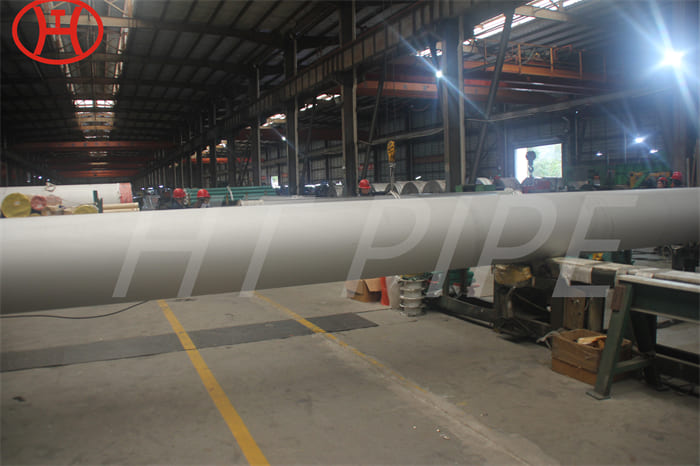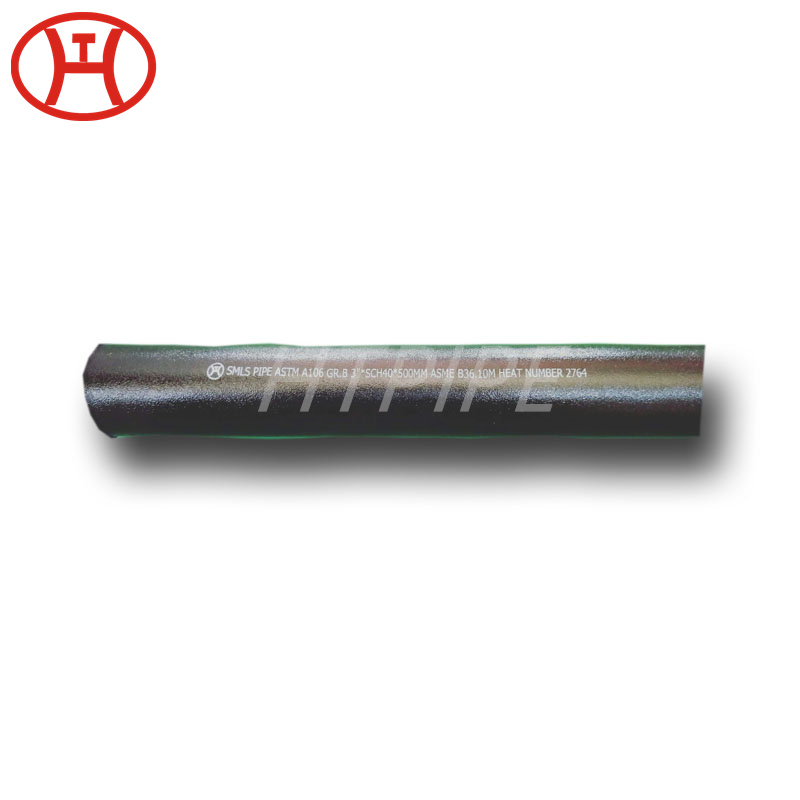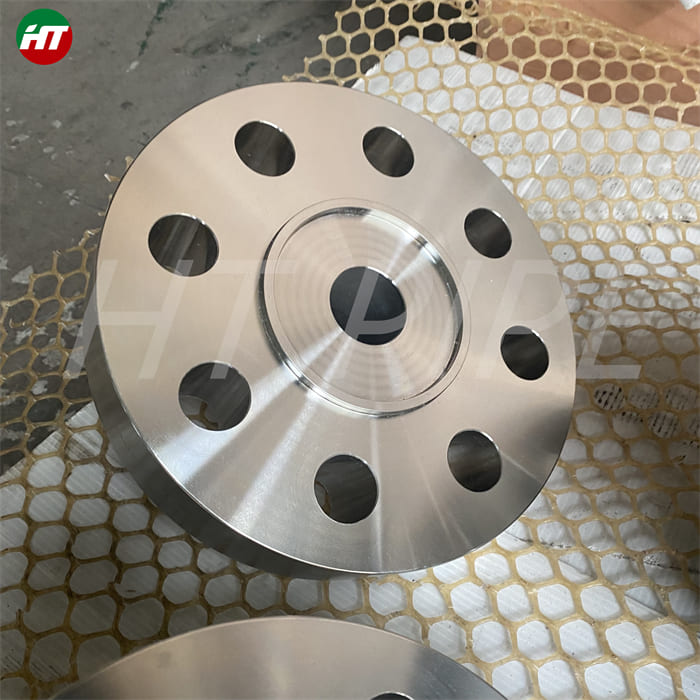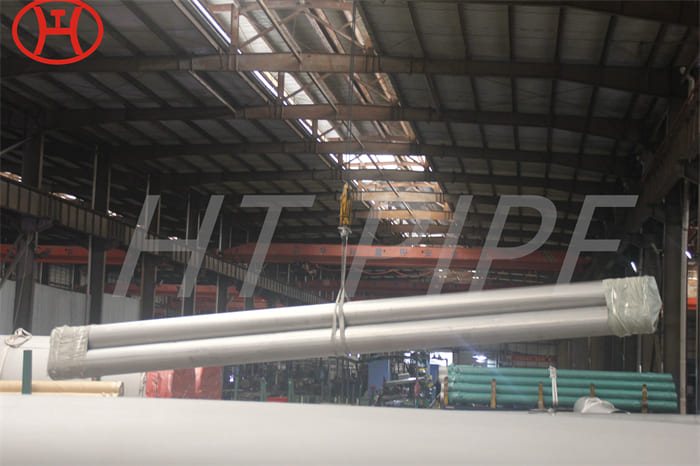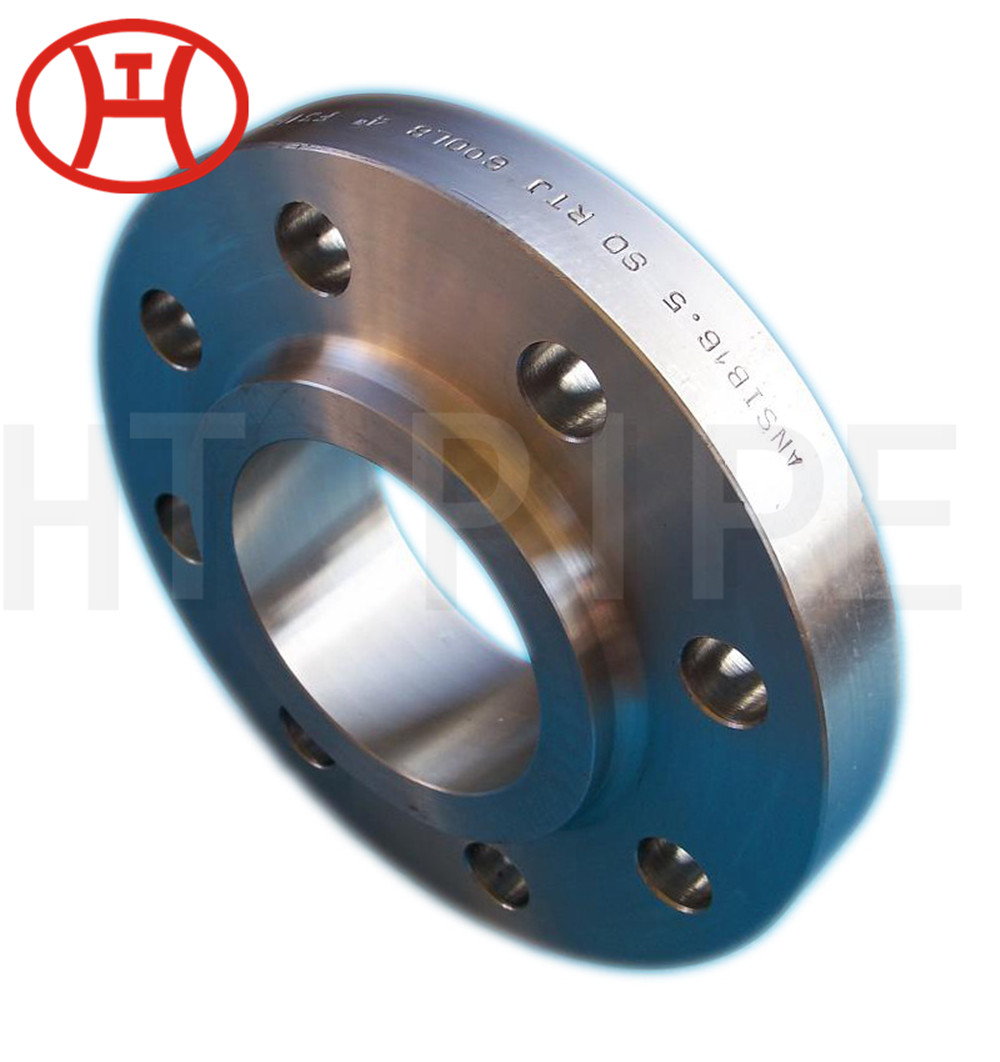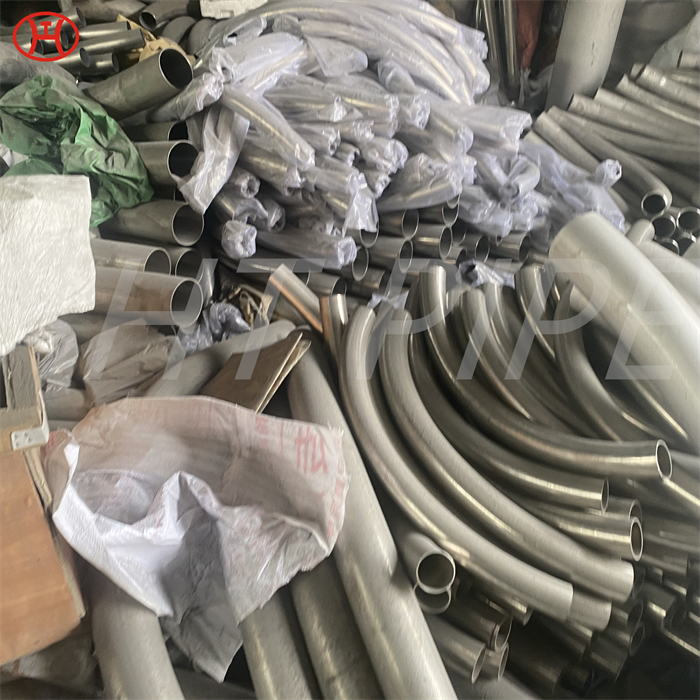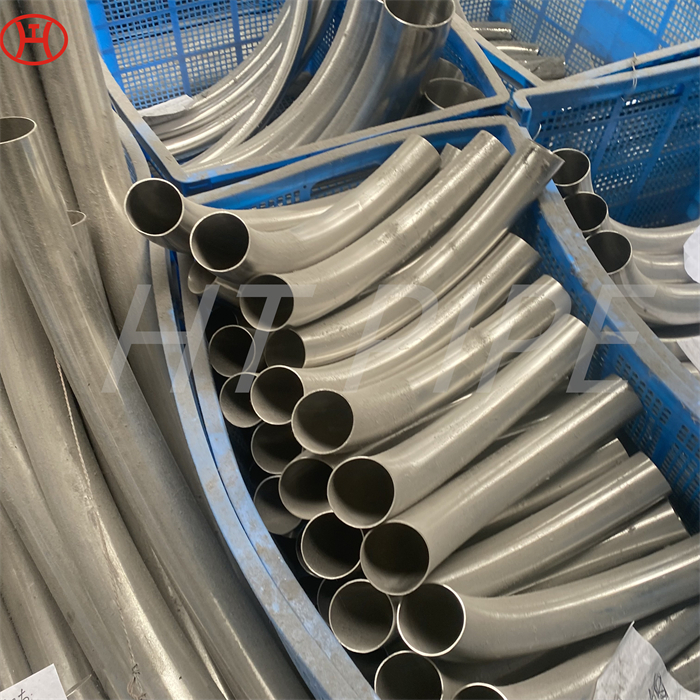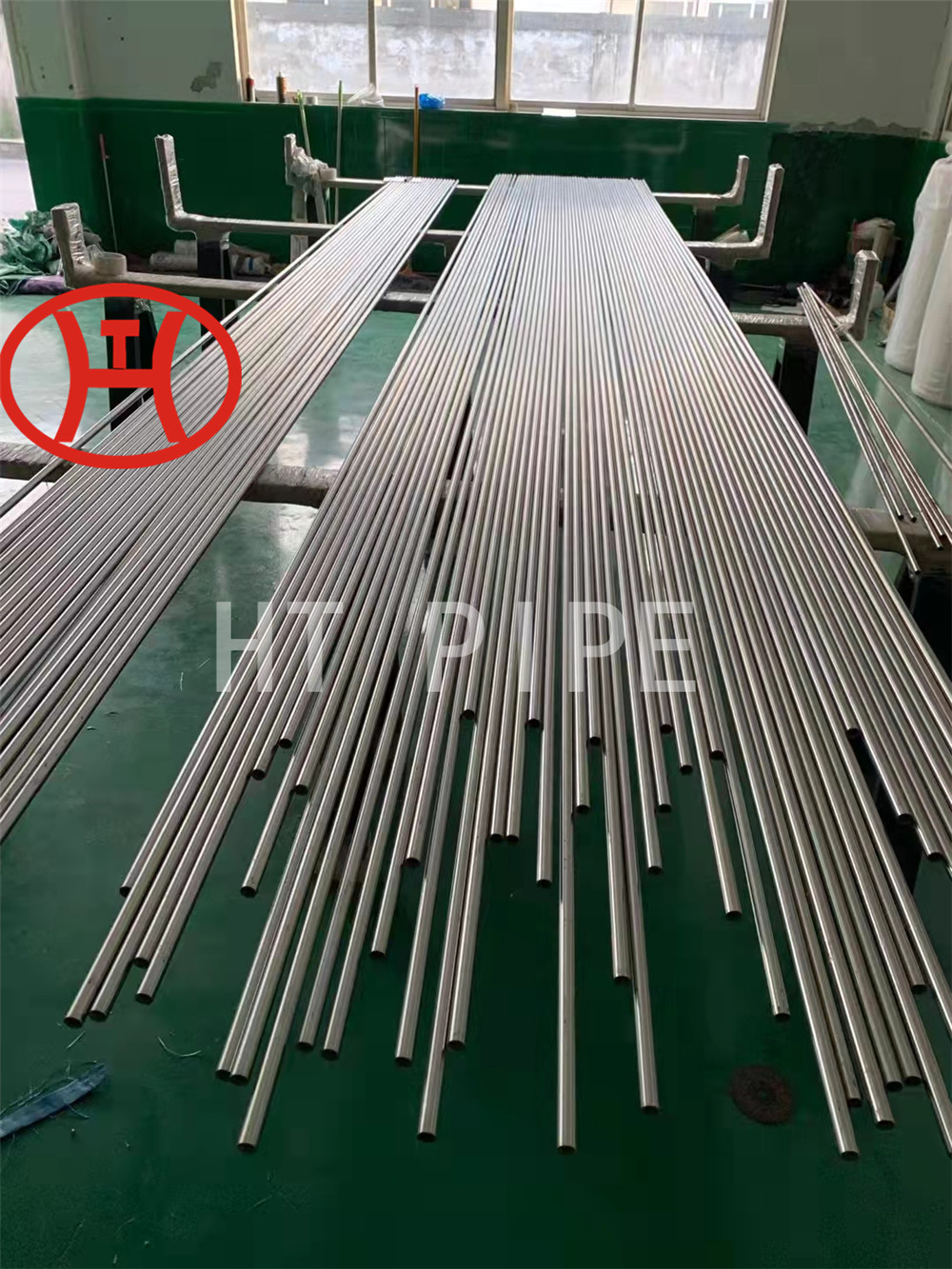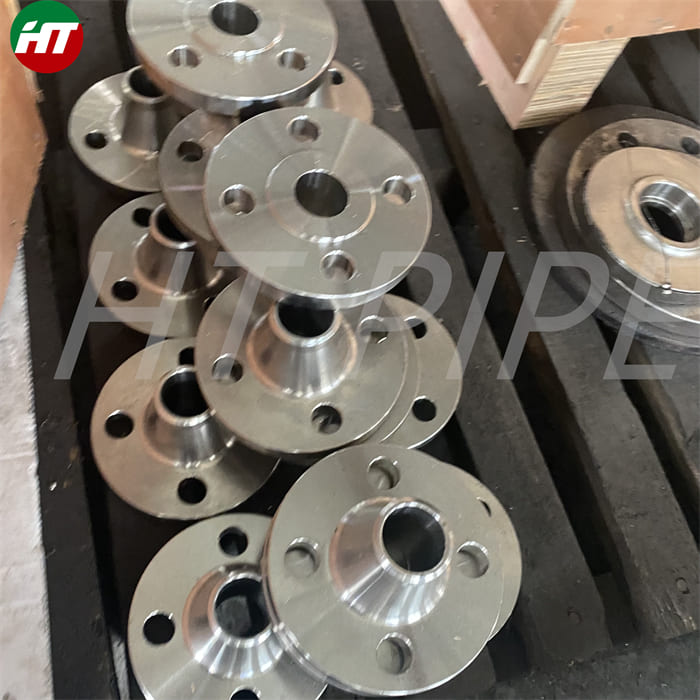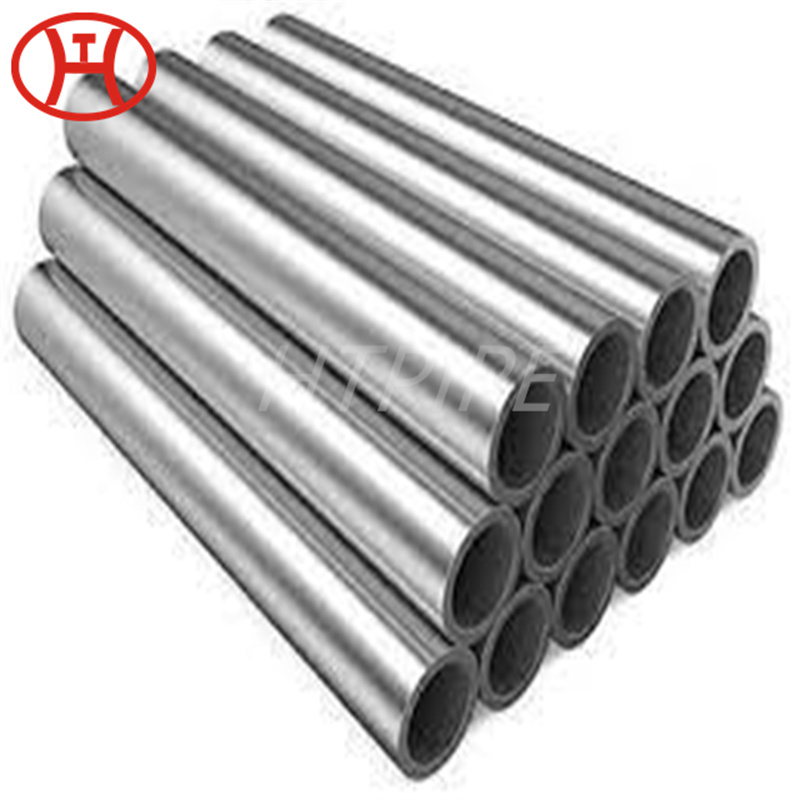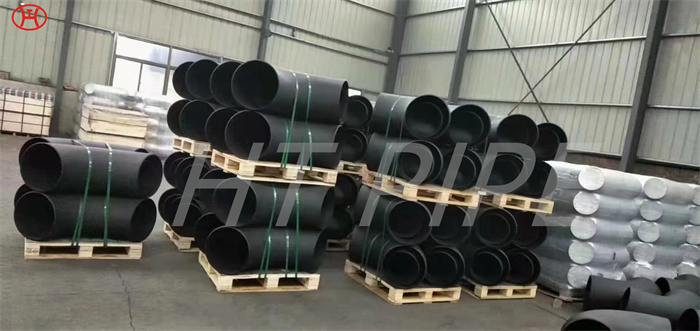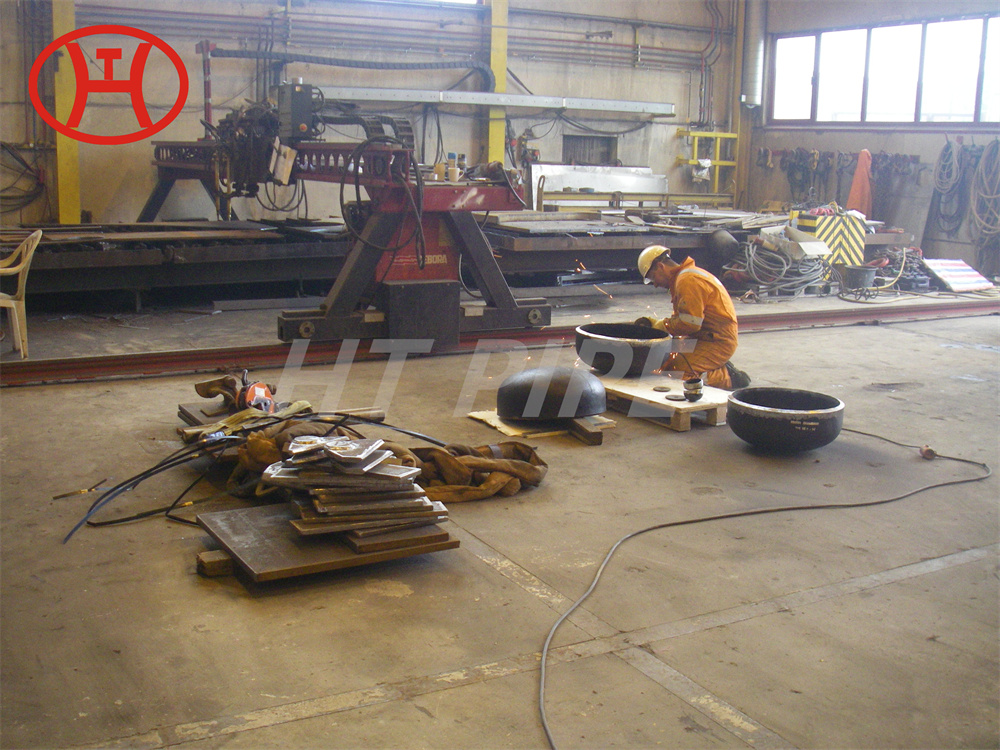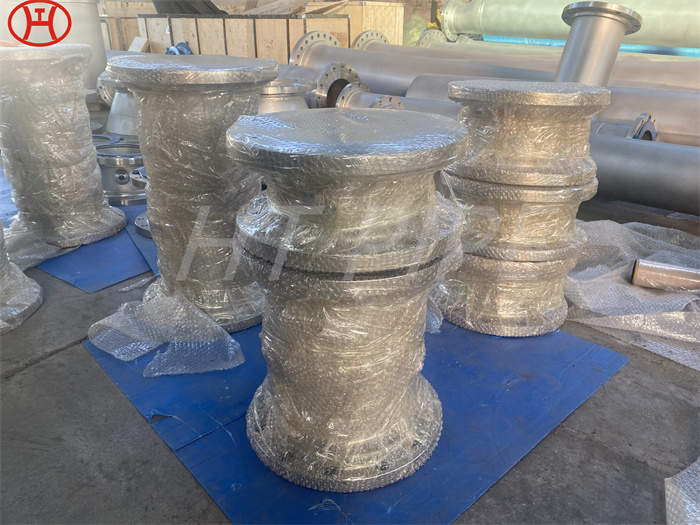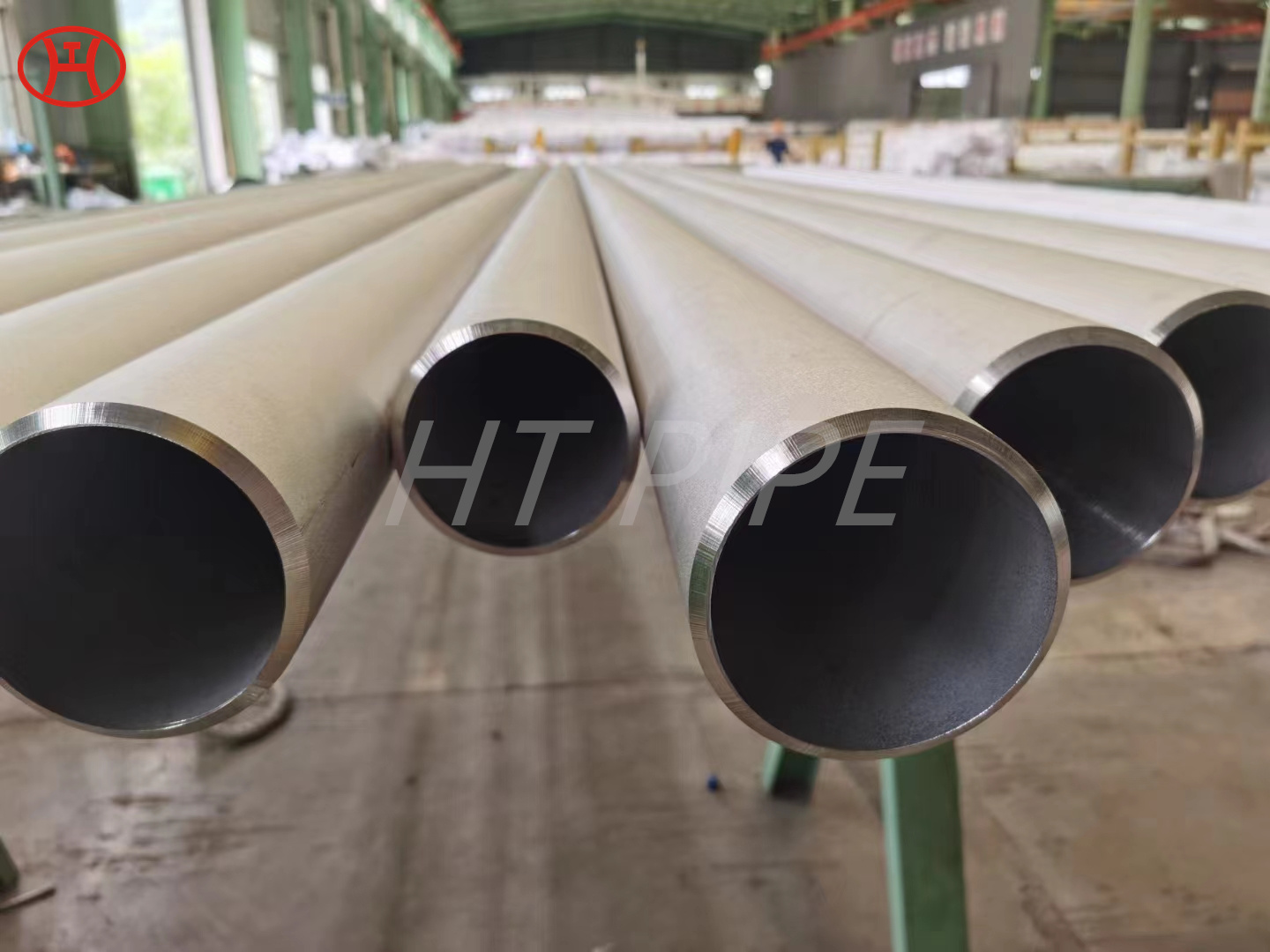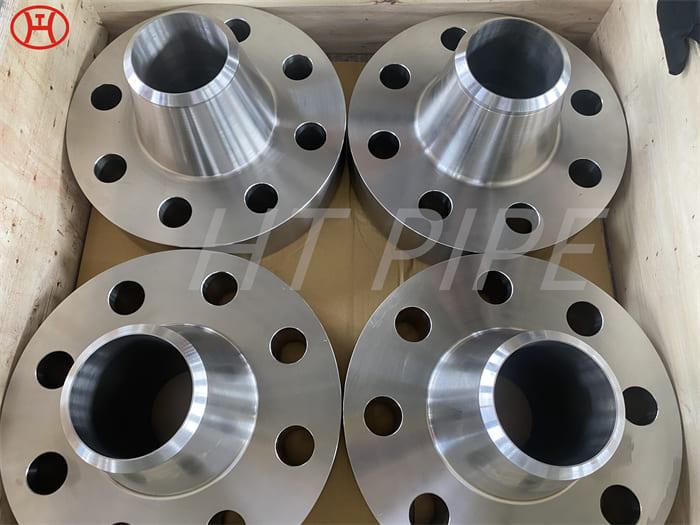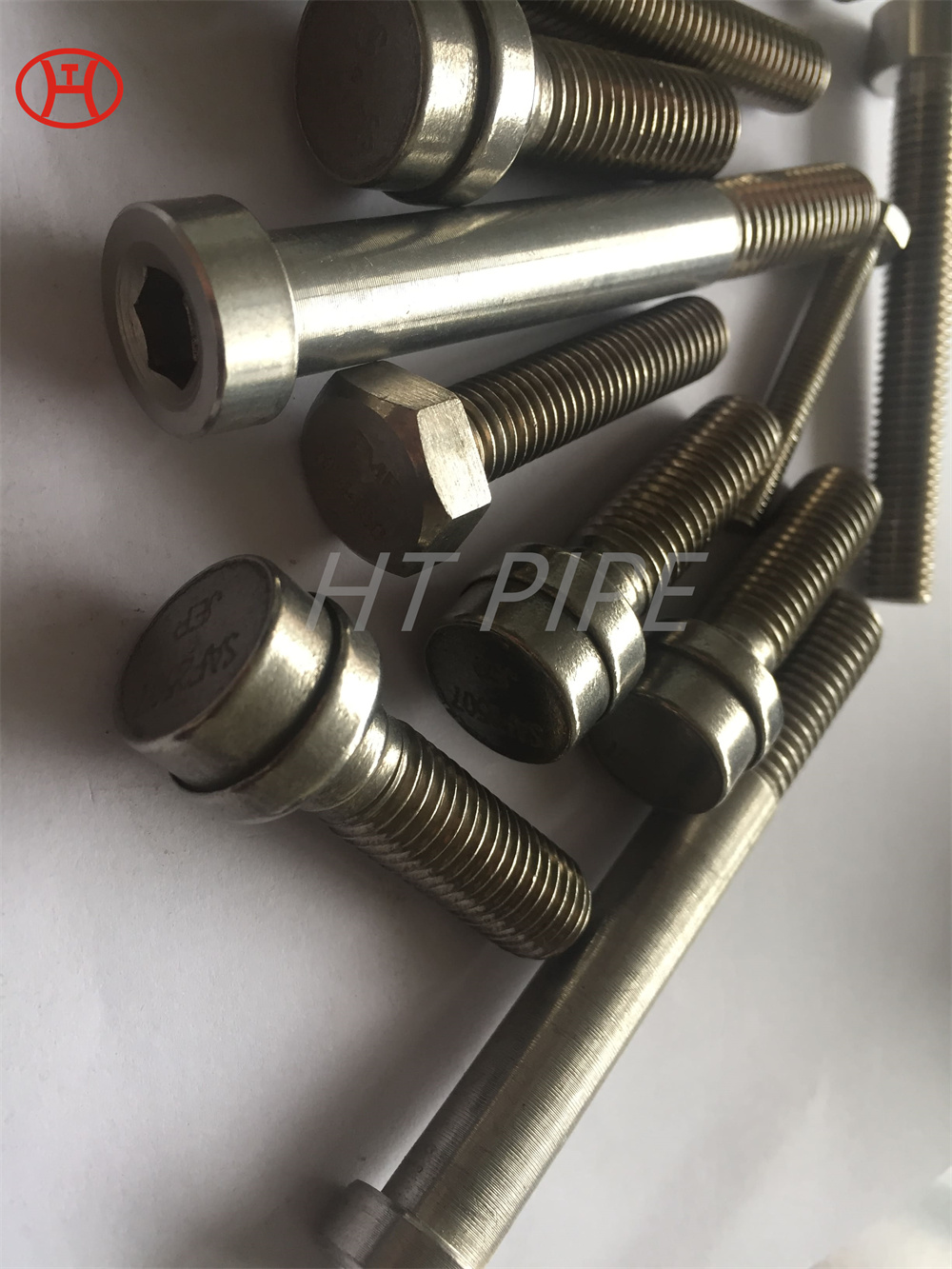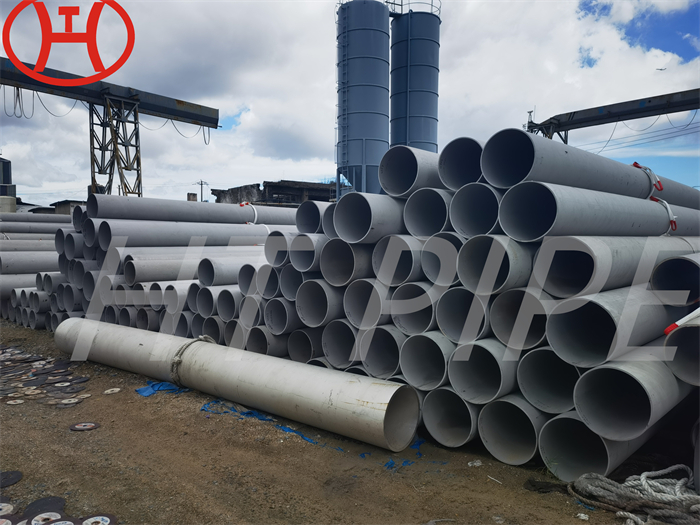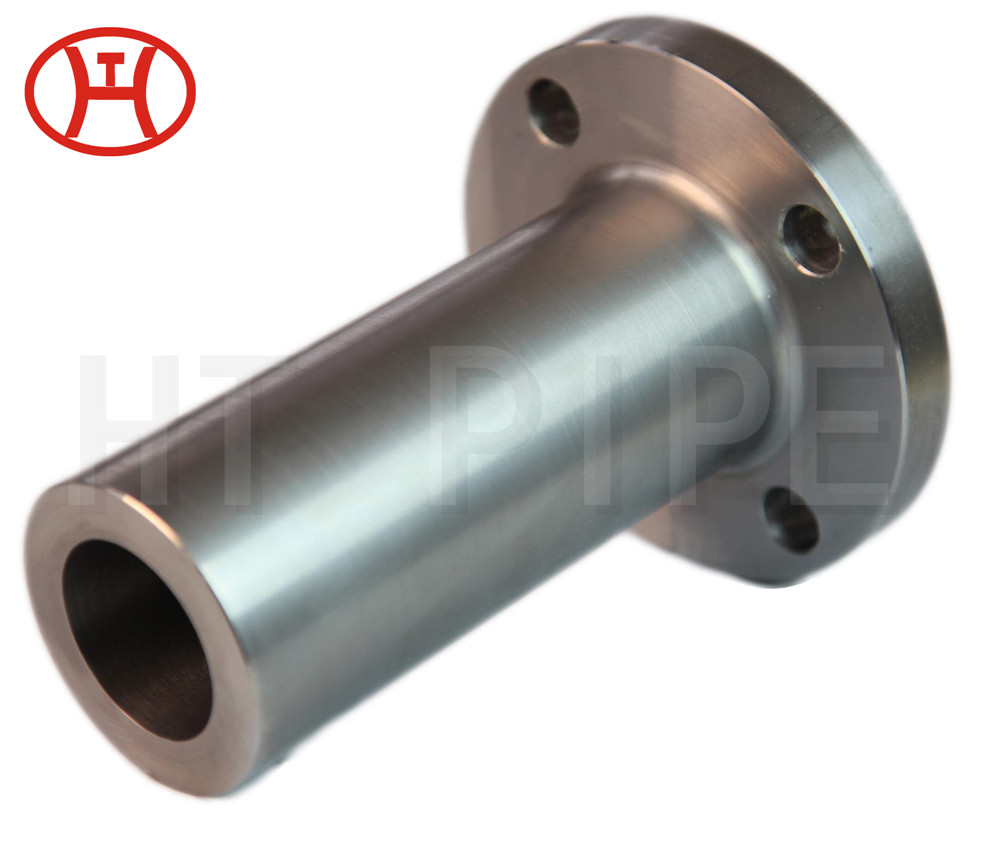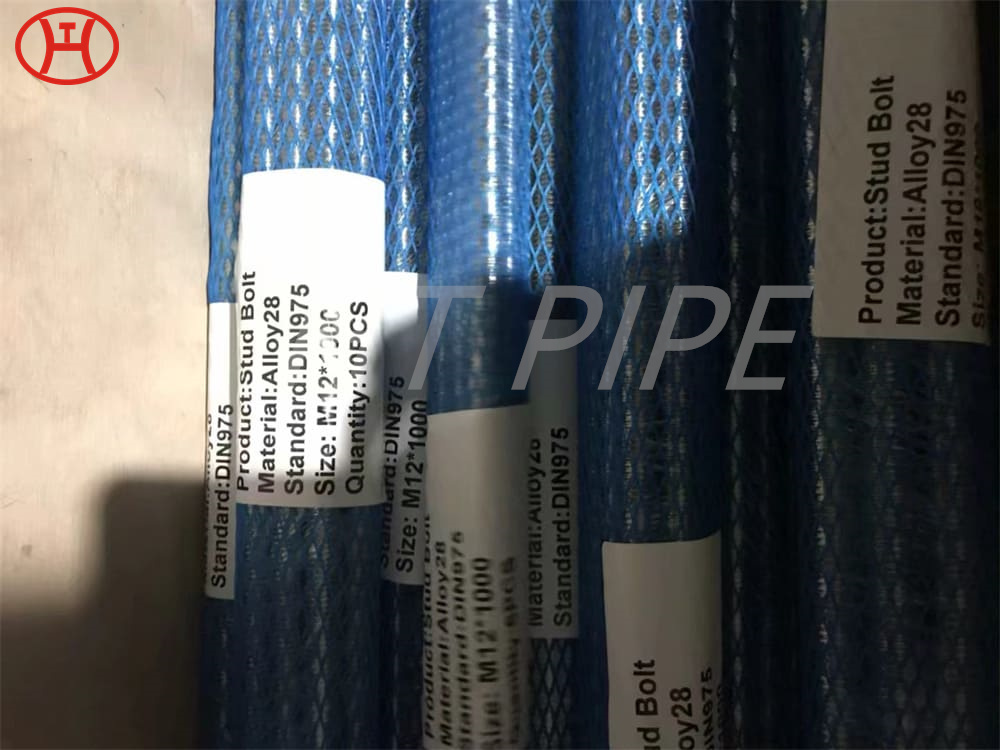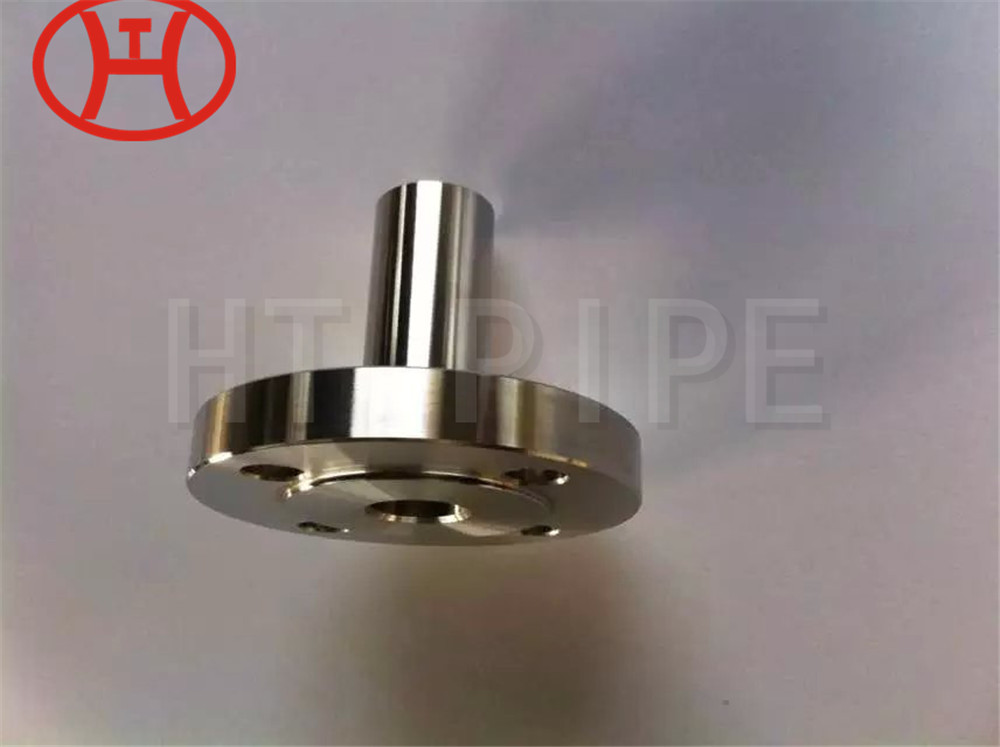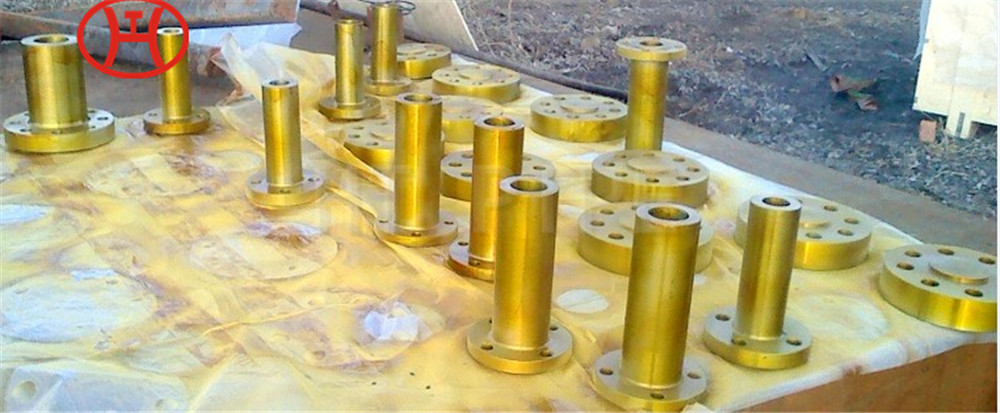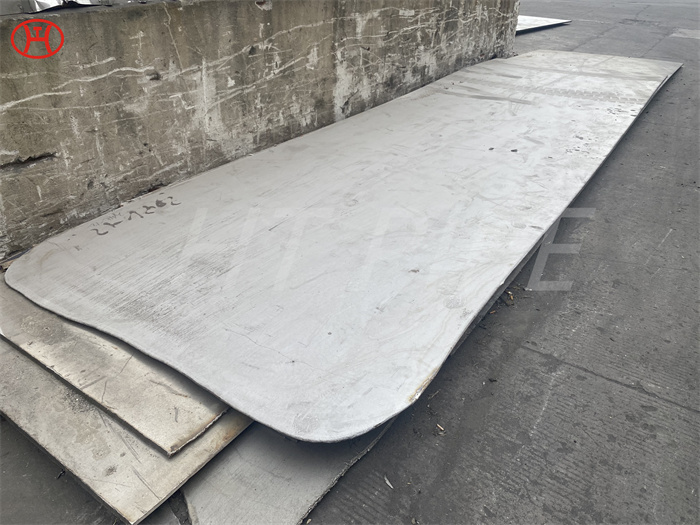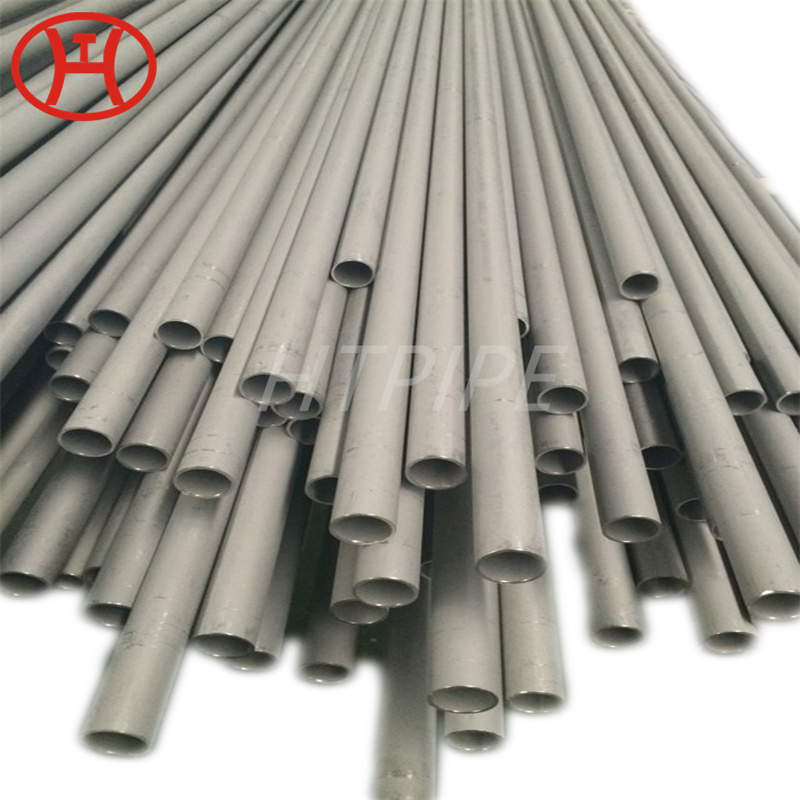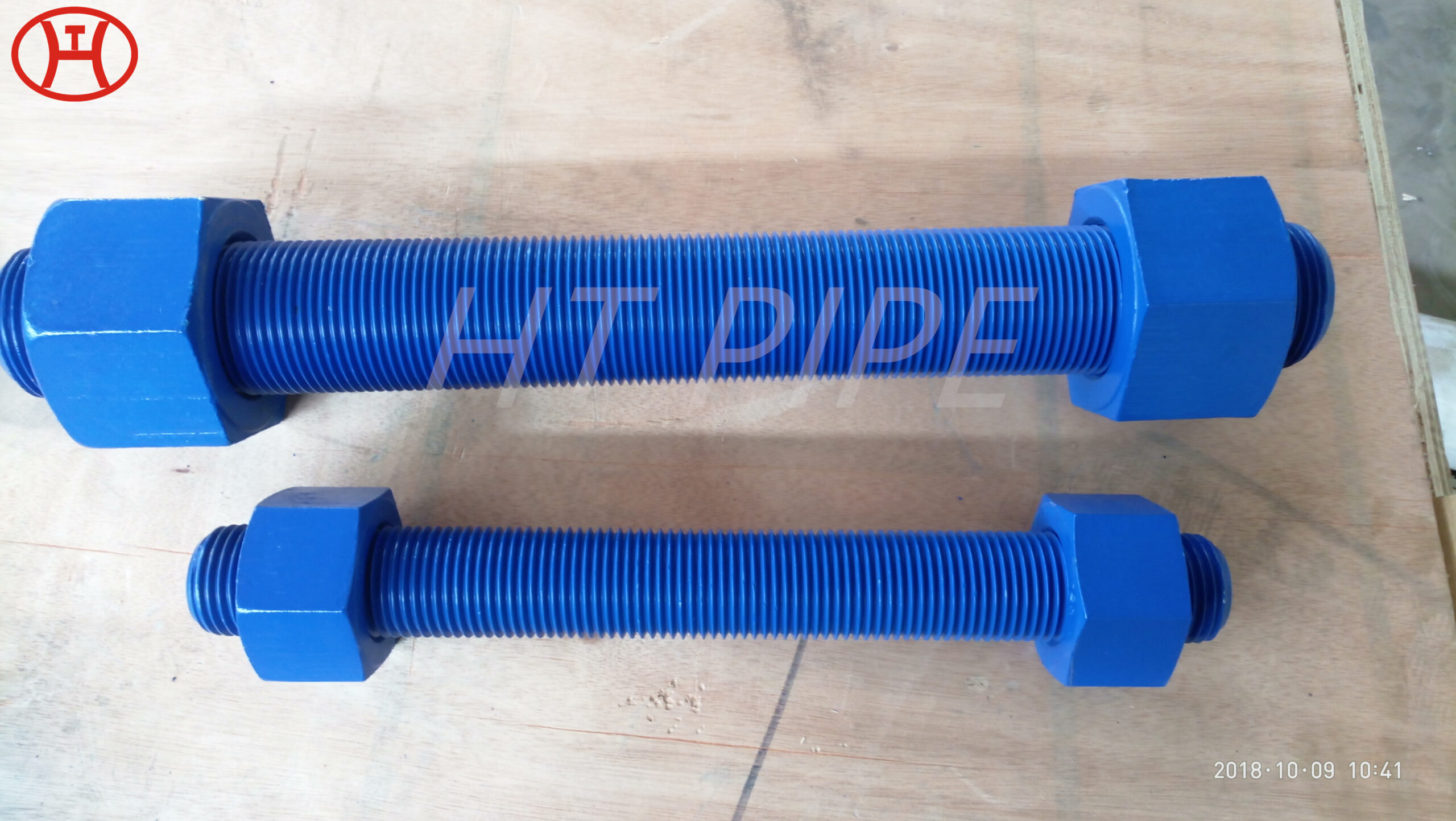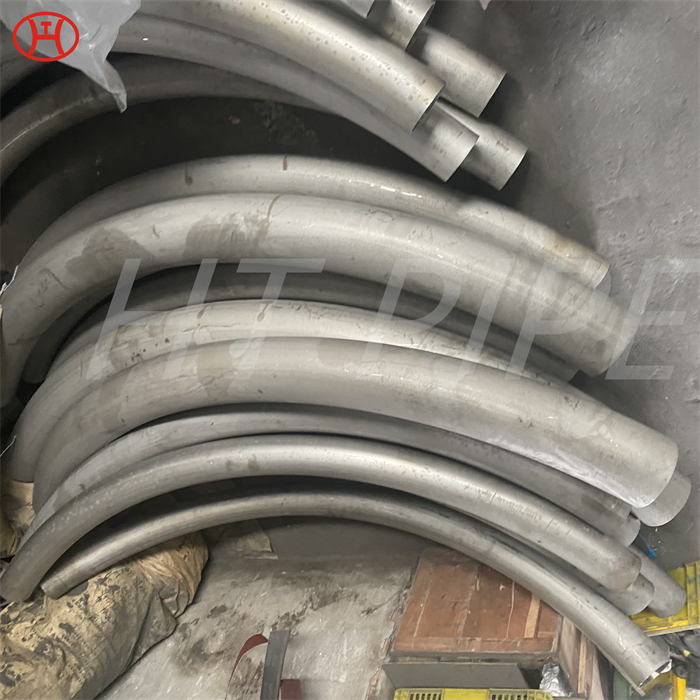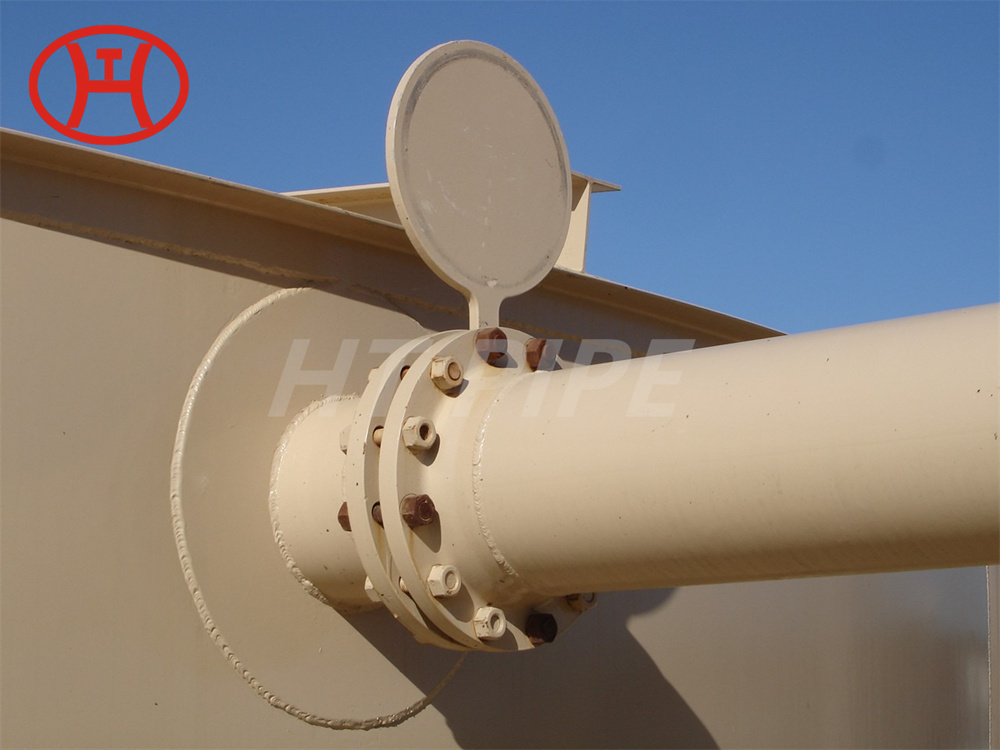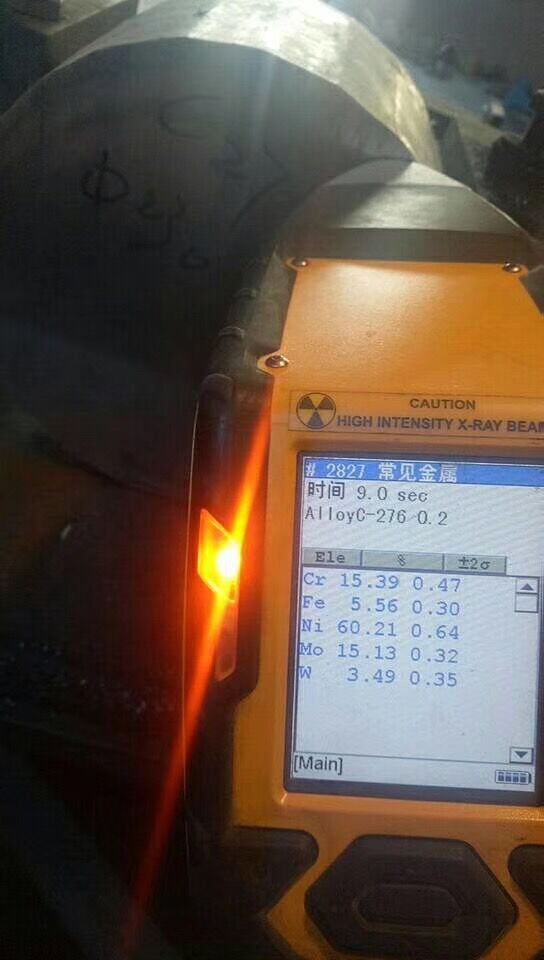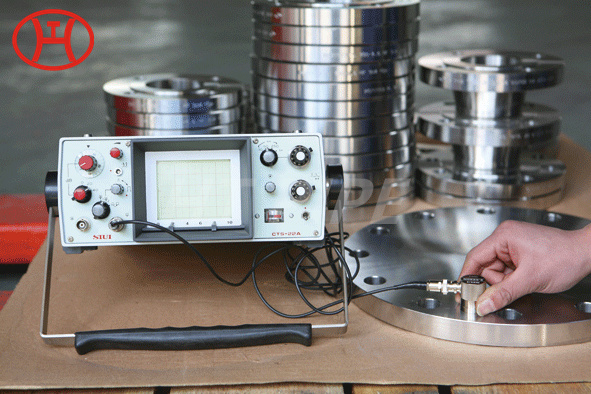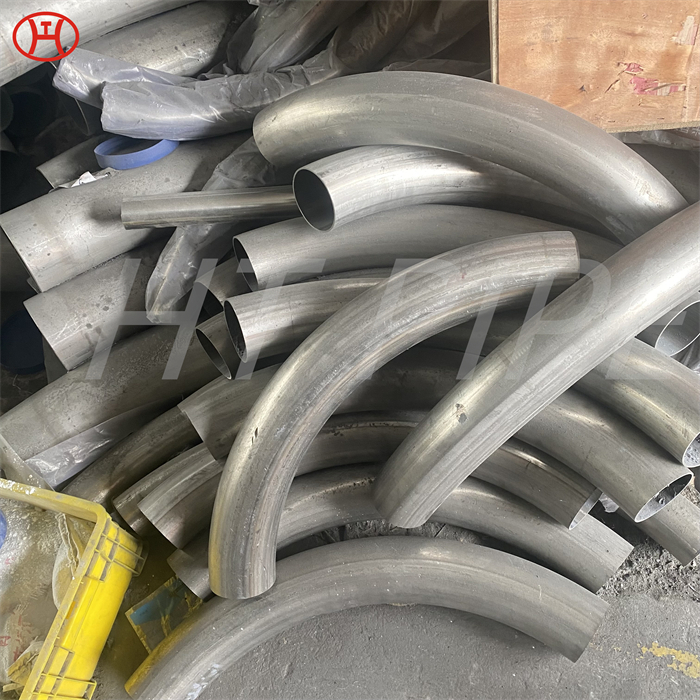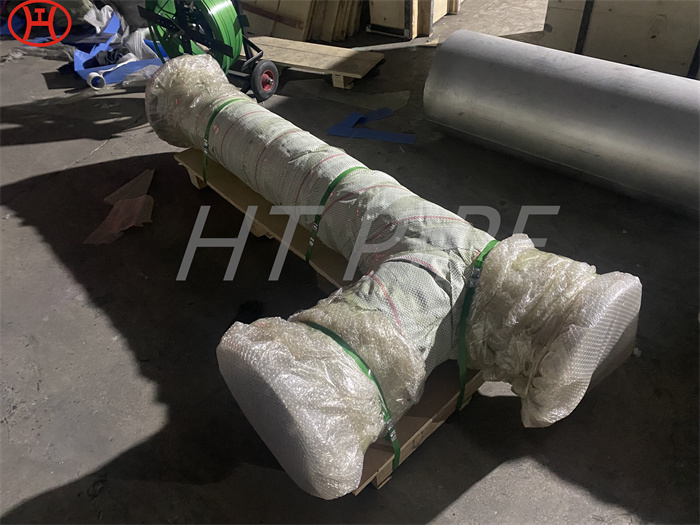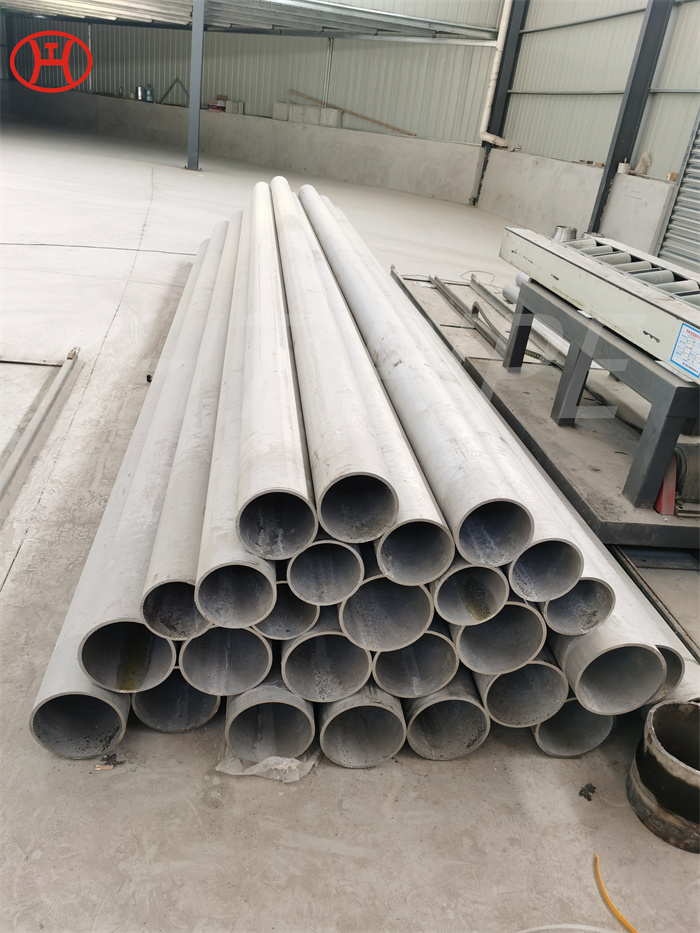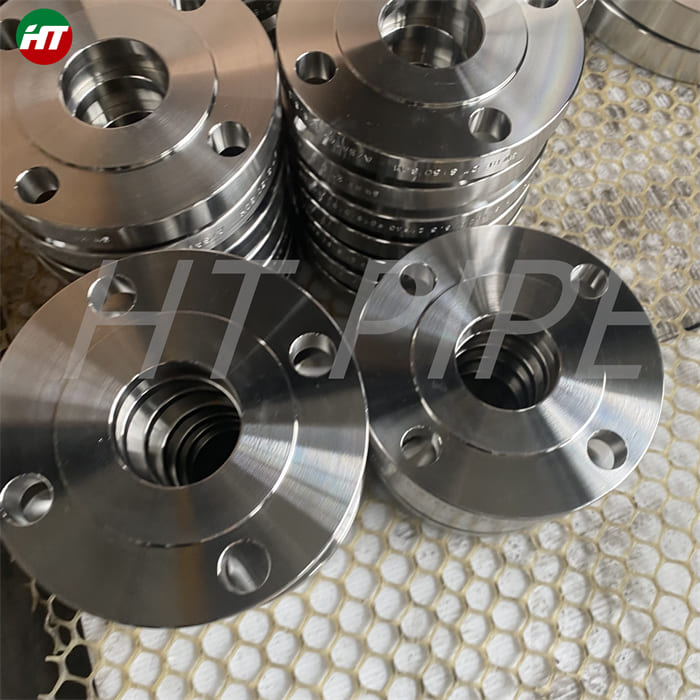
ANSI B16.5 Alloy C2000 Reducing Flanges Worldwide Distributors
This provides greatly enhanced resistance to sulfuric acid. It also has a high chromium content, to maximize its resistance to oxidizing chemicals and process streams contaminated with ferric ions and dissolved oxygen.
B-3 alloy possesses outstanding resistance to non-oxidizing acids, such as hydrochloric acid and sulfuric acid. The advantages of B-3 alloy over previous B-family alloys are enhanced thermal stability and improved fabrication characteristics. Hastelloy C2000 flanges combine the outstanding resistance to oxidizing media of C276 with superior resistance to non-oxidizing environments, making it a unique alloy for protecting chemical process equipment across a wide range of conditions including streams contaminated with ferric ions. Hastelloy C2000 Flanges harden easily as compared to other steels or alloys. It may require several stages of cold treatment. These flanges can be easily welded or formed as they are highly ductile. They are resistant to chloride-bearing factors as well. It is used in industrial applications which have been used in petrochemical plants and heat exchangers.


